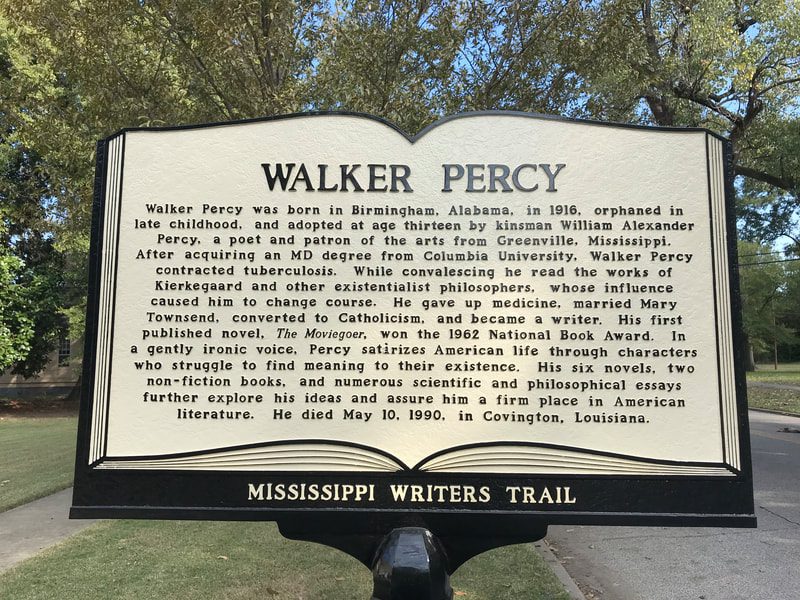What Would Walker Percy Say about COVID-19?

Good morning. According to Walker Percy, we like disasters because they break the feeling of everydayness. Does COVID-19 do this? Rachel K. Alexander thinks not: “[P]erhaps our experience of this ongoing disaster falls short of the bizarre good ‘bad’ environment Percy often pondered, in part because of the very scientific and technological advances that he thought made disaster salutary. Percy would have reservations about the two unique, albeit prudent, responses to the current pandemic—namely, the wholesale relocation of our lives to the Internet, and the social distancing that technology makes feasible.”
Liberty University dissolves its philosophy department.
Will Amazon buy AMC? “Shares of AMC Entertainment were up a hefty 40% in early trading Monday on a report in U.K. outlet The Daily Mail that Amazon may be interested in acquiring the theater chain, which has been hard hit by COVID-19.”
Does using earth to build houses and buildings have a future? “In December 1893 Mao Zedong was born in Shaoshan in an earth house built by his father. The childhood home of Sir Walter Raleigh in Hayes Barton was made from cob, a mix of earth and straw. In 1825 the German lawyer Wilhelm Wimpf built one of the tallest rammed-earth buildings in the world in Weilburg, where it still stands, two centuries later. A vast earth-brick ziggurat over ninety metres high is thought to have given rise to the Tower of Babel myth in ancient Mesopotamia. Of all the 869 cultural, architectural and urban UNESCO World Heritage Sites, more than 160 were built either wholly or partially from earth. For ten millennia, earth has been one of the most widely used construction materials on the planet. Yet despite its vanishingly small carbon footprint, earth is almost absent from contemporary architecture. Young architects today are not being tutored in how to design with adobe, cob or rammed earth – indeed, they are barely even taught the terms. Instead, around the world architects utilise a narrow catalogue of highly processed, high-carbon materials, including concrete, steel and cement.”
The outsider art of Ralph Meatyard: “Using the bric-a-brac of his daily life, including his own children, Meatyard created intensely disorienting images that at times resemble snapshots taken directly from dreams. Commonplace objects such as fountains or walls lose their familiarity and appear vaguely menacing. Birds and dolls appear in unexpected places. People wear Halloween masks while sitting in fields or bleachers. Children in vibrant landscapes are a frequent subject, with the child ‘immersed in the land [while] the land immerses the child,’ as Alexander Nemerov describes in Ralph Eugene Meatyard: American Mystic.”
Heaven help us: “Fresh from writing a thriller with Bill Clinton (The President Is Missing), James Patterson has found an even more unlikely collaborator: the band Guns N’ Roses. Out this September, the children’s picture book Sweet Child O’Mine ‘celebrates love and music, and how they bring us together in the sweetest ways’.”
A history of progressivism: “Bradley Watson holds the Philip M. McKenna Chair in American and Western Political Thought at Saint Vincent College in Latrobe, Pennsylvania, where he also directs the college’s Center for Political and Economic Thought. He has vigorously defended the integrity of the Constitution and criticized Progressive encroachments in his book Living Constitution, Dying Faith: Progressivism and the New Science of Jurisprudence (2009). In Progressivism: The Strange History of a Radical Idea, Watson has crafted, not so much a historical genealogy of Progressivism, as its historiography.”
Photo: Troistorrents
Receive Prufrock in your inbox every weekday morning. Subscribe here.
Comments